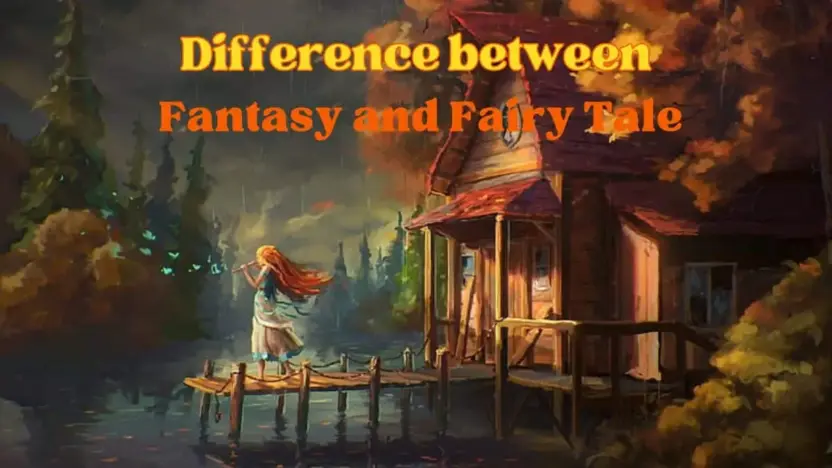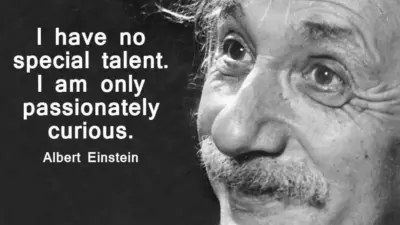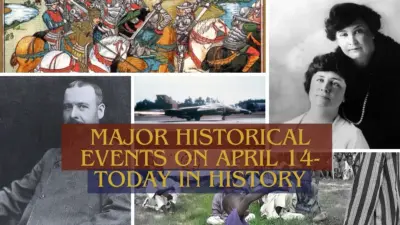Fantasy and Fairy Tale are two literary genres whisk us away to worlds of wonder, presenting tales of magic, adventure, and the eternal battle between good and evil. But despite their apparent similarities, fantasy and fairy tales hold distinct places in the literary world, each with its own unique characteristics and cultural significance.
In this blog, we will learn about Difference Between Fantasy and Fairy Tale, exploring their historical roots, key elements, and the varied purposes they serve. Whether it’s the archetypal characters of fairy tales or the complex world-building in fantasy narratives, understanding these differences enriches our appreciation of both.
Historical Background
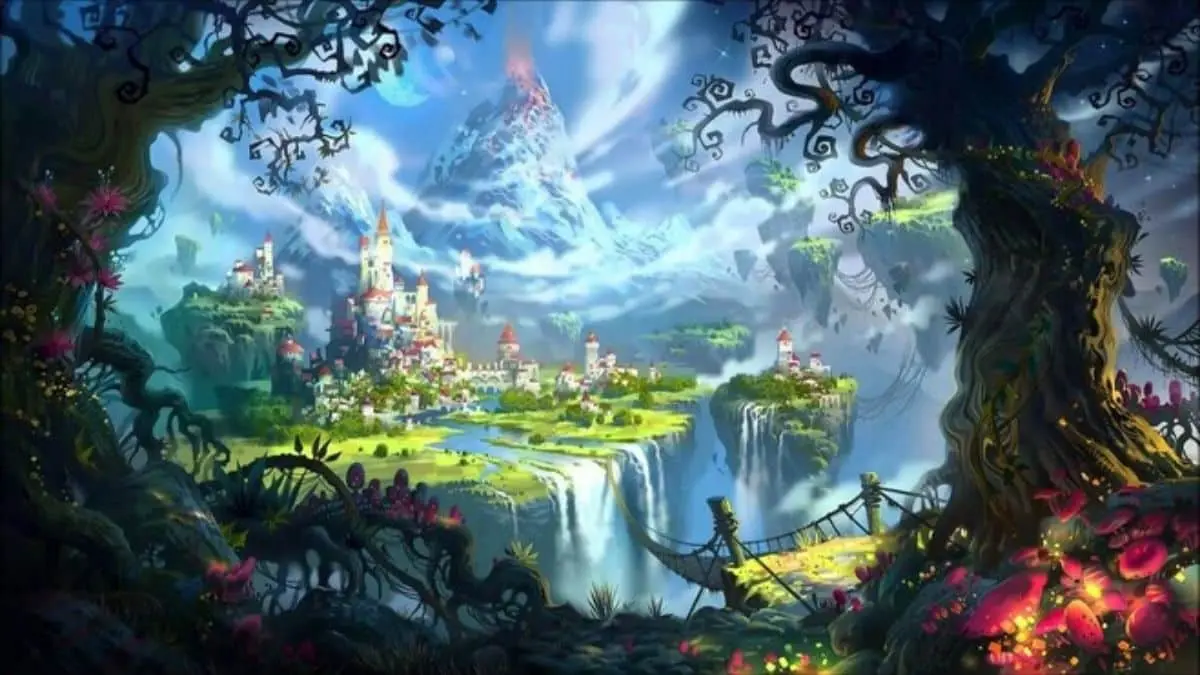
Fairy Tales: Origins and Evolution
Fairy tales are as old as storytelling itself, deeply rooted in the oral traditions of various cultures. Originally, they were not exclusively aimed at children and were often full of dark and mature themes. These stories served multiple functions: they entertained, educated, and imparted moral lessons through allegorical content. Many of the fairy tales we know today were first passed down orally from generation to generation before being written down in the 17th century by collectors such as Charles Perrault in France and later by the Brothers Grimm in Germany. Their compilations have significantly shaped the fairy tale genre, emphasizing themes of virtue, the supernatural, and the triumph of good over evil.
Fantasy: A Genre Forged in Imagination
Unlike fairy tales, which are deeply entrenched in the folklore of specific cultures, fantasy as a literary genre is relatively modern, emerging prominently in the 19th century. Its development is closely tied to writers who wanted to explore mythological themes outside the constraints of traditional folk narratives. Early fantasy literature included works like George MacDonald’s Phantastes (1858) and William Morris’s The Well at the World’s End (1896). However, the genre was truly defined by the works of J.R.R. Tolkien, particularly with the publication of The Hobbit (1937) and The Lord of the Rings series (1954-1955), which introduced detailed world-building and complex narratives that became the hallmark of modern fantasy.
Core Characteristics
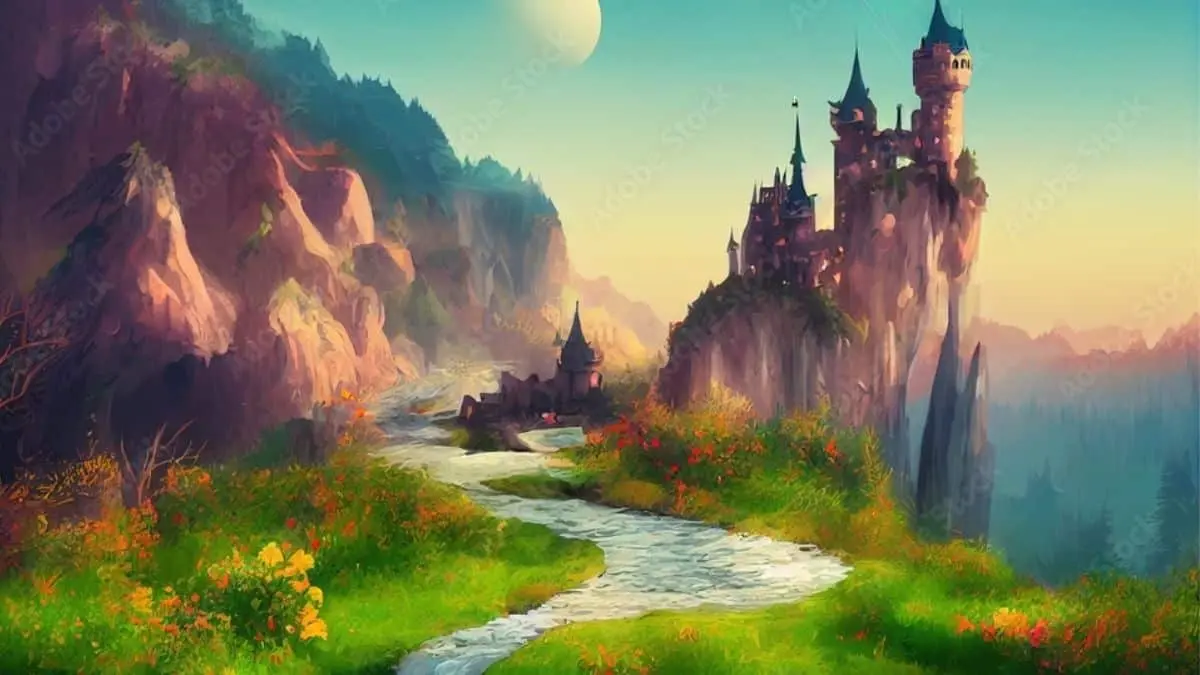
Fairy Tales: Simplicity and Symbolism
Fairy tales are distinguished by their straightforward structures and timeless themes. Here are some key characteristics:
- Structure and Style: Typically concise and straightforward, fairy tales often begin with “Once upon a time” and conclude with “and they lived happily ever after,” framing a clear narrative arc within a short span. The narrative style is direct and simple, focusing more on the sequence of events than on detailed character development.
- Themes: Central themes usually revolve around moral lessons or values, such as the triumph of good over evil, justice, and humility. These themes are delivered through the actions and outcomes of the characters, making them easily accessible to children.
- Characters: Characters in fairy tales are often archetypal, such as the wicked witch, the noble prince, or the virtuous maiden. These characters are typically one-dimensional, representing specific virtues or vices.
- Settings: The settings are usually magical but not elaborately described, creating a timeless and universal place that could be anywhere and nowhere all at once.
Fantasy: Complexity and Creativity
Fantasy literature, on the other hand, offers a rich tapestry of detailed worlds and complex characters. Its characteristics include:
- Structure and Style: Fantasy narratives often feature complex plots with multiple subplots and a wide range of characters. The language can vary from the poetic and archaic to modern and accessible, depending on the author’s style.
- Themes: While fantasy can also explore the battle between good and evil, it frequently delves into more complex themes such as power, corruption, sacrifice, and redemption. These themes are explored in depth, often across a series of books.
- Characters: Characters in fantasy are usually well-developed, with nuanced personalities and complex motivations. The hero’s journey is a common trope, detailing the growth and evolution of the protagonist through trials and challenges.
- Settings: World-building is a critical element of fantasy. Authors often create entire universes with detailed histories, geographies, political systems, and cultures. These settings are not just backdrops but integral to the story’s progression and the characters’ interactions.
Contrasting Approaches to Magic and the Supernatural
In both genres, magic and the supernatural play crucial roles but are handled differently. In fairy tales, magic is often mysterious and unexplained, used to teach a lesson or assist in delivering moral justice. In fantasy, magic is typically part of the world’s fabric, with rules and structures that govern its use.
Purpose and Audience
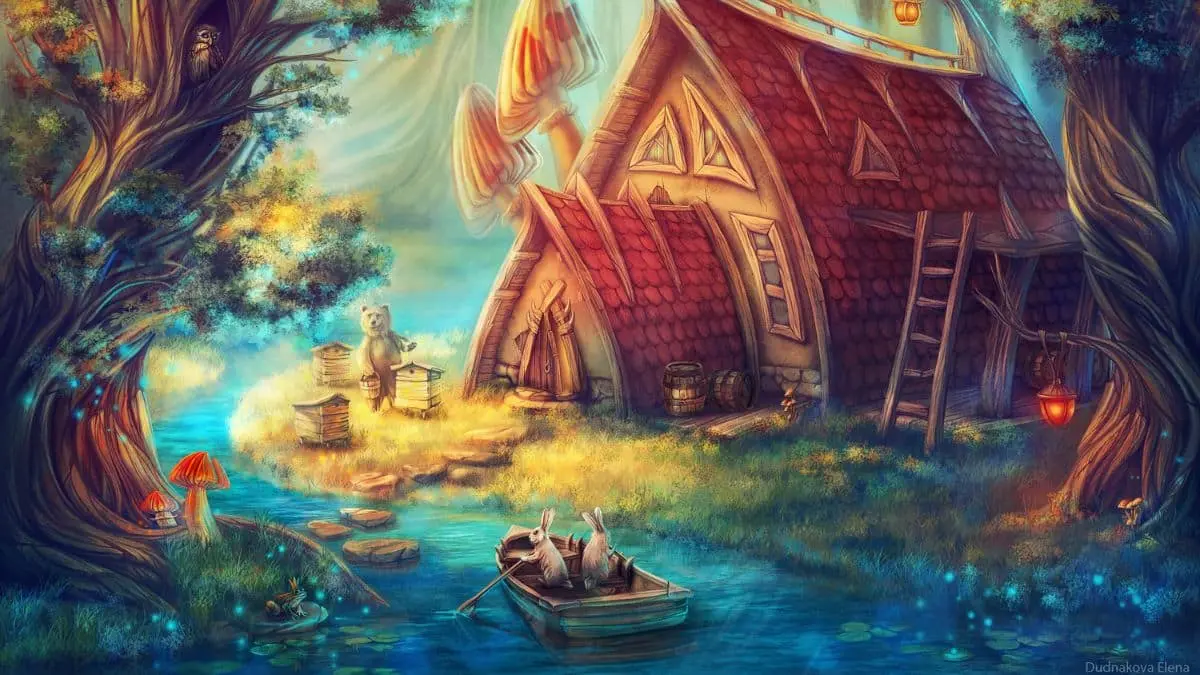
Fairy Tales: Moral Education and Universal Appeal
Fairy tales were originally oral tales told to audiences of all ages, but over time, they became particularly associated with children. Their primary purpose has often been educational, designed to teach morals and societal norms through simple, engaging stories. The clear distinctions between good and evil and the typical happy endings are meant to reassure and teach children about the rewards of virtuous behavior and the consequences of vice.
- Educational Value: The didactic nature of fairy tales makes them a useful tool for parents and educators to illustrate life lessons in a memorable way.
- Audience: Although traditionally associated with children, fairy tales hold universal appeal due to their foundational role in culture and their emphasis on universal themes of human experience.
Fantasy: Exploration and Escapism
Fantasy serves a broader spectrum of purposes, ranging from escapism to the exploration of complex philosophical themes. This genre allows readers to explore different worlds and situations that challenge the conventional boundaries of reality, offering a unique blend of wonder and introspection.
- Escapism: Fantasy provides a sanctuary from the real world, where readers can explore diverse landscapes and scenarios unfettered by everyday constraints.
- Philosophical and Social Exploration: Many fantasy novels tackle significant themes like power, identity, and ethics, often critiquing real-world issues through allegorical content.
- Audience: Fantasy appeals to a wide range of ages but is particularly popular among young adults and adults who are drawn to detailed narrative complexity and rich world-building.
Comparative Impact on Different Audiences
While fairy tales often resonate with children for their simplicity and direct moral lessons, fantasy can attract a more diverse audience through its depth and the complexity of its themes. Both genres, however, offer important experiences:
- Children: They are generally more engaged by the straightforward moral lessons and magical elements of fairy tales.
- Adults: While many adults still enjoy fairy tales, fantasy’s complex narratives and deeper themes can offer more engaging and challenging material.
Cultural and Educational Roles
Both genres play significant cultural and educational roles but do so in different ways. Fairy tales often serve as an introduction to storytelling for young children, helping them develop language skills and understand social norms. Fantasy, with its richly detailed worlds and complex issues, encourages imagination and critical thinking, often prompting readers to question and redefine their perspectives on morality, society, and the human condition.
Also Read: How to Develop a Reflective Writing Style?
